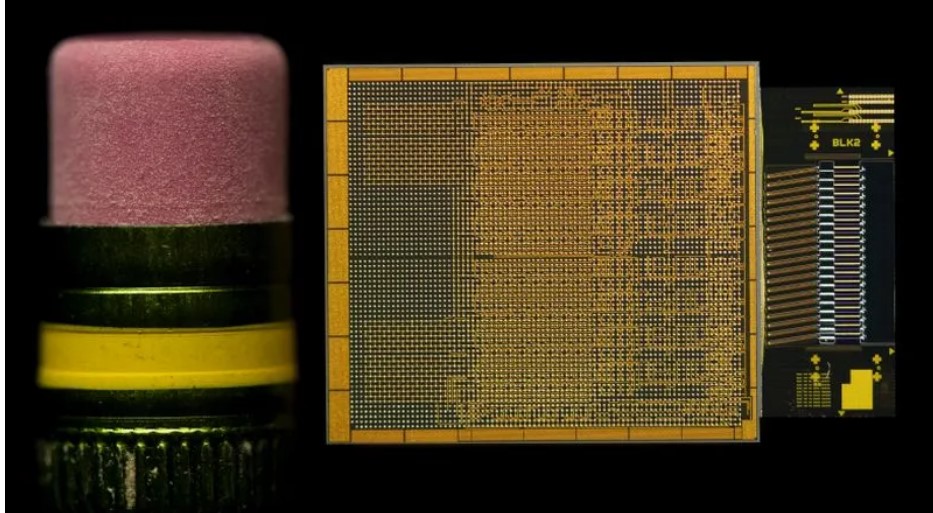Today, the rapid development of artificial intelligence (AI) technology has brought unprecedented challenges to data processing capabilities. In order to meet this challenge, Intel recently launched an epoch-making high-speed optical I/O chip, which not only provides powerful data support for AI infrastructure, but also indicates that the field of data processing is about to usher in a profound change.
With the increasing popularity of AI applications such as autonomous vehicles, advanced data analytics, and virtual assistants, the requirements for data processing speed, bandwidth, and energy efficiency are also rising. Although traditional electrical I/O connections meet these needs to a certain extent, they still have certain limitations in terms of transmission distance, bandwidth density, and power consumption. Intel's high-speed optical I/O chip was born to solve these problems.
This new high-speed optical I/O chip uses fully integrated optical computing interconnect (OCI) technology to enable an optical I/O solution co-packaged with CPUs. The chip supports up to 64 independent channels, each with a data transfer rate of an astonishing 32 gigabits per second (Gbps), capable of efficiently transferring data over fiber lengths of up to 100 meters. This means that the chip provides unmatched data transfer speed and stability, whether in data centers or high-performance computing (HPC) applications.
Figure: Intel introduces high-speed optical I/O chips
What's even more remarkable is that this chip delivers high bandwidth while also achieving extremely low power consumption. It consumes only 5 picojoules (pJ) per bit, providing a higher energy efficiency ratio than traditional electrical I/O connections. Not only does this help reduce energy costs, but it also helps to reduce the need for heat dissipation and improve the overall stability of the system.
The launch of Intel's high-speed optical I/O chip will undoubtedly bring revolutionary changes to the data processing of AI infrastructure. In the field of autonomous vehicles, it can transmit massive sensor data in real time to ensure the safe driving of vehicles; In the field of advanced data analysis, it can quickly process complex algorithm models and provide timely and accurate data support for decision-makers. In the field of virtual assistants, it can quickly respond to users' voice commands and provide a more intelligent and convenient service experience.
Going forward, Intel will continue to drive the development of OCI's optical interconnect technology and strive to achieve 64Tbps of interconnect bandwidth by 2035. This will provide a more solid foundation for the development of AI technology and promote all walks of life to move towards intelligence and efficiency.
In short, the launch of Intel's high-speed optical I/O chip not only represents an important breakthrough in the field of silicon photonics, but also provides a new solution for data processing in AI infrastructure. We have reason to believe that under the leadership of technology giants such as Intel, the field of data processing will usher in broader development prospects in the future.






